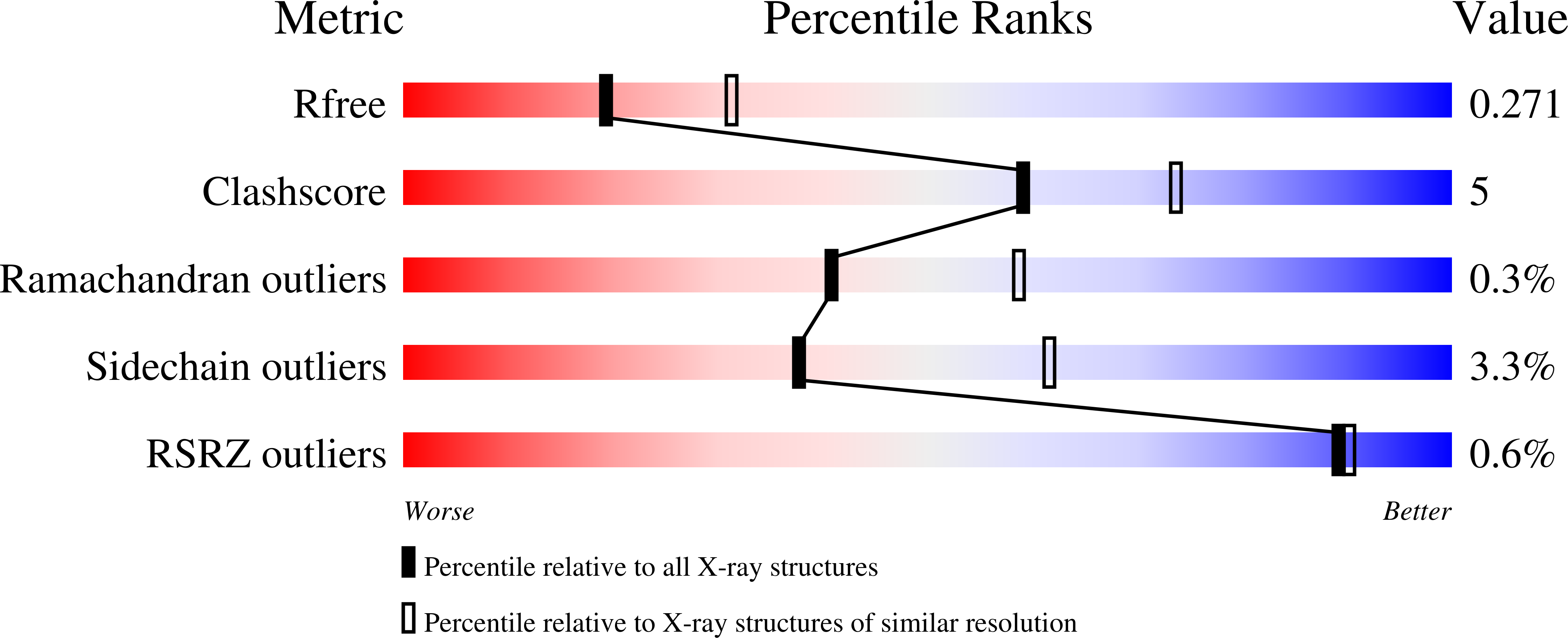
Deposition Date
2022-12-27
Release Date
2023-11-22
Last Version Date
2024-11-13
Method Details:
Experimental Method:
Resolution:
2.47 Å
R-Value Free:
0.27
R-Value Work:
0.21
R-Value Observed:
0.21
Space Group:
P 1 21 1


